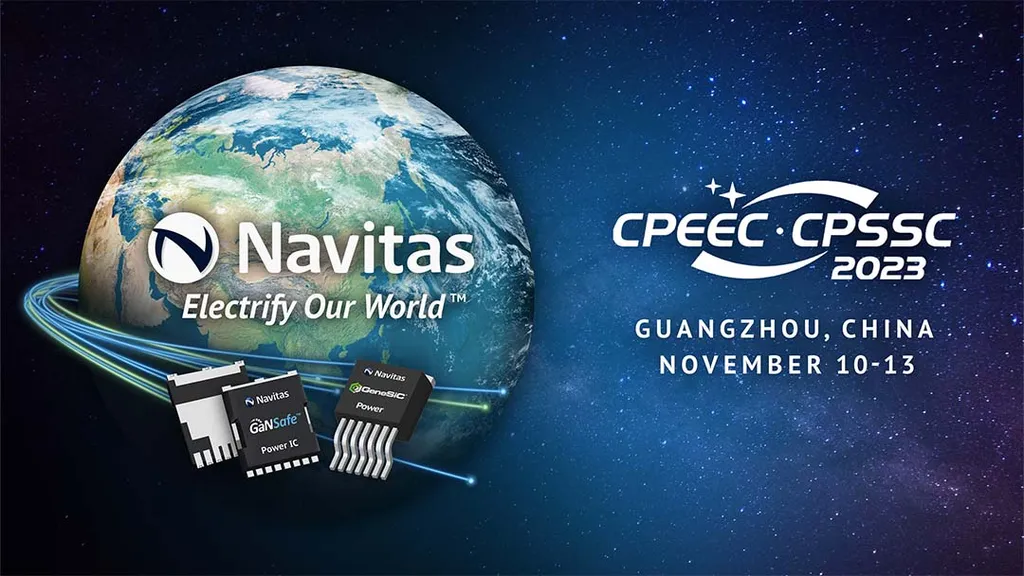In the relentless pursuit of more efficient and powerful energy solutions, scientists are continually pushing the boundaries of material science. A recent study published by Huazhuo Liang from the School of Mechatronic Engineering at Guangdong Polytechnic Normal University in Guangzhou, China, sheds new light on the polishing of gallium nitride (GaN) wafers, a critical component in the development of next-generation semiconductors. The research, published in the journal ‘Micromachines’ (translated to English as ‘Micro Machines’), delves into the intricate processes of ultrasonic magnetorheological chemical compound polishing (UMCP), offering insights that could revolutionize the energy sector.
Gallium nitride, often hailed as the core material of third-generation semiconductors, is pivotal in the creation of high-temperature, high-frequency, and high-power devices. However, the polishing process for GaN wafers has long been fraught with challenges, hindering its widespread adoption in commercial applications. Liang’s research aims to unravel these complexities by establishing a multifield synergistic material removal model, providing a comprehensive understanding of the material removal behavior during UMCP.
The study examines the effects of ultrasonic, chemical, and mechanical actions on the material removal rate, revealing a fascinating interplay of factors. “Mechanical removal dominates during UMCP,” Liang explains, “but the synergistic interaction between the range of factors promotes better removal of the GaN materials.” This interplay is crucial for optimizing the polishing process, ensuring higher efficiency and lower costs in the production of GaN-based devices.
The research identifies that mechanical removal by abrasives accounts for about 25% to 44.63% of the material removal process, while mechanical removal by magnetorheological effect polishing pads contributes around 14.66% to 23.94%. Chemical action and ultrasonic action also play significant roles, with percentages ranging from 15.52% to 23.41% and 11.73% to 14.66%, respectively. The interactive removal, though smaller in percentage (6.47% to 14.36%), is vital for enhancing the overall efficiency of the process.
One of the key findings is the significant enhancement of the mechanical removal effect by the abrasive composition. A higher abrasive concentration correlates to a stronger mechanical removal effect, a discovery that could lead to more effective polishing techniques. Similarly, the concentration of hydrogen peroxide is found to have a superior effect on the chemical reaction, with too high or too low a concentration weakening the chemical action effect.
The implications of this research are far-reaching, particularly for the energy sector. GaN-based devices are essential for high-power and high-frequency applications, making them ideal for renewable energy systems, electric vehicles, and advanced power electronics. By optimizing the polishing process, manufacturers can produce more efficient and reliable GaN wafers, driving innovation and reducing costs.
Liang’s work, published in ‘Micro Machines’, provides a solid foundation for further research into the material removal mechanism of the GaN UMCP process. As the energy sector continues to evolve, the insights gained from this study could pave the way for groundbreaking developments in semiconductor technology, ultimately shaping the future of energy solutions. The interplay of ultrasonic, chemical, and mechanical actions in the polishing process offers a glimpse into the complex world of material science, where every factor counts in the quest for perfection.

